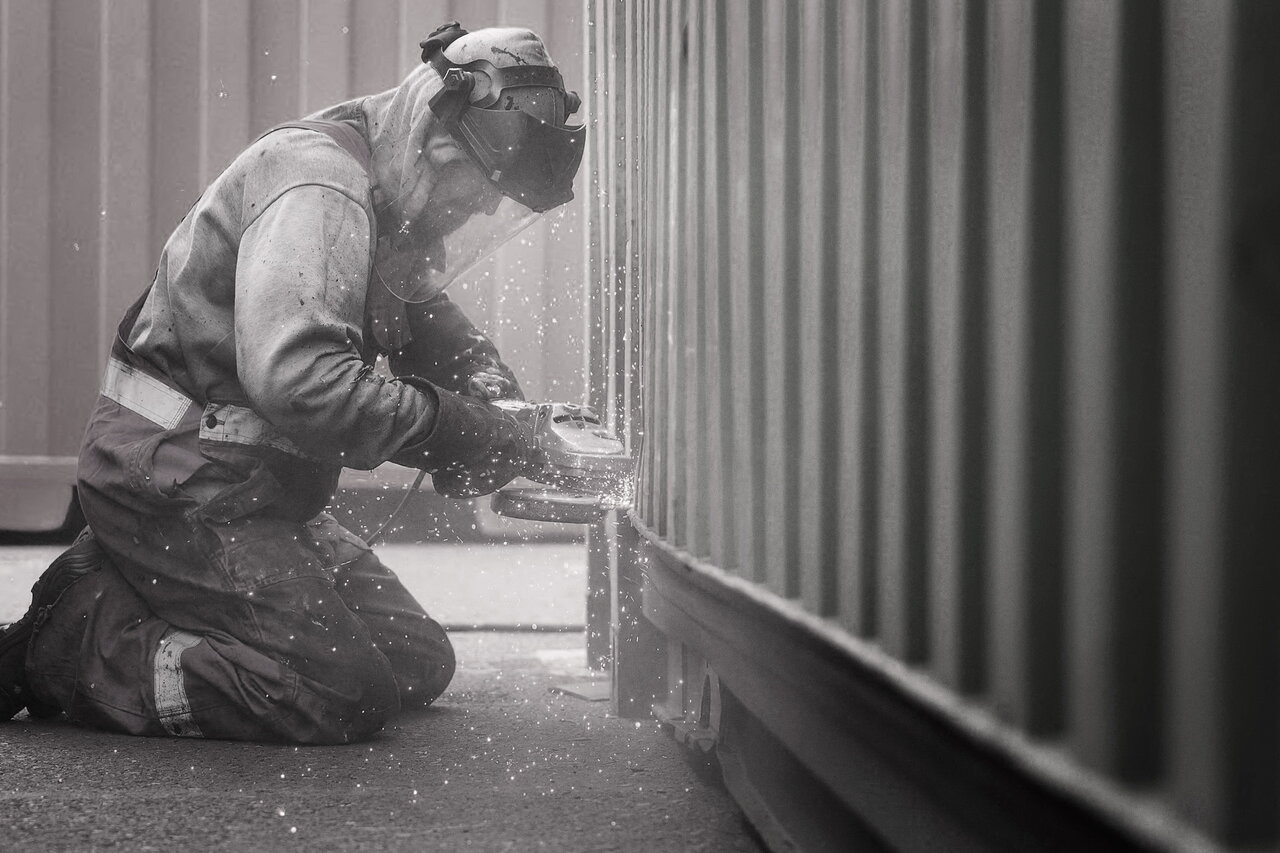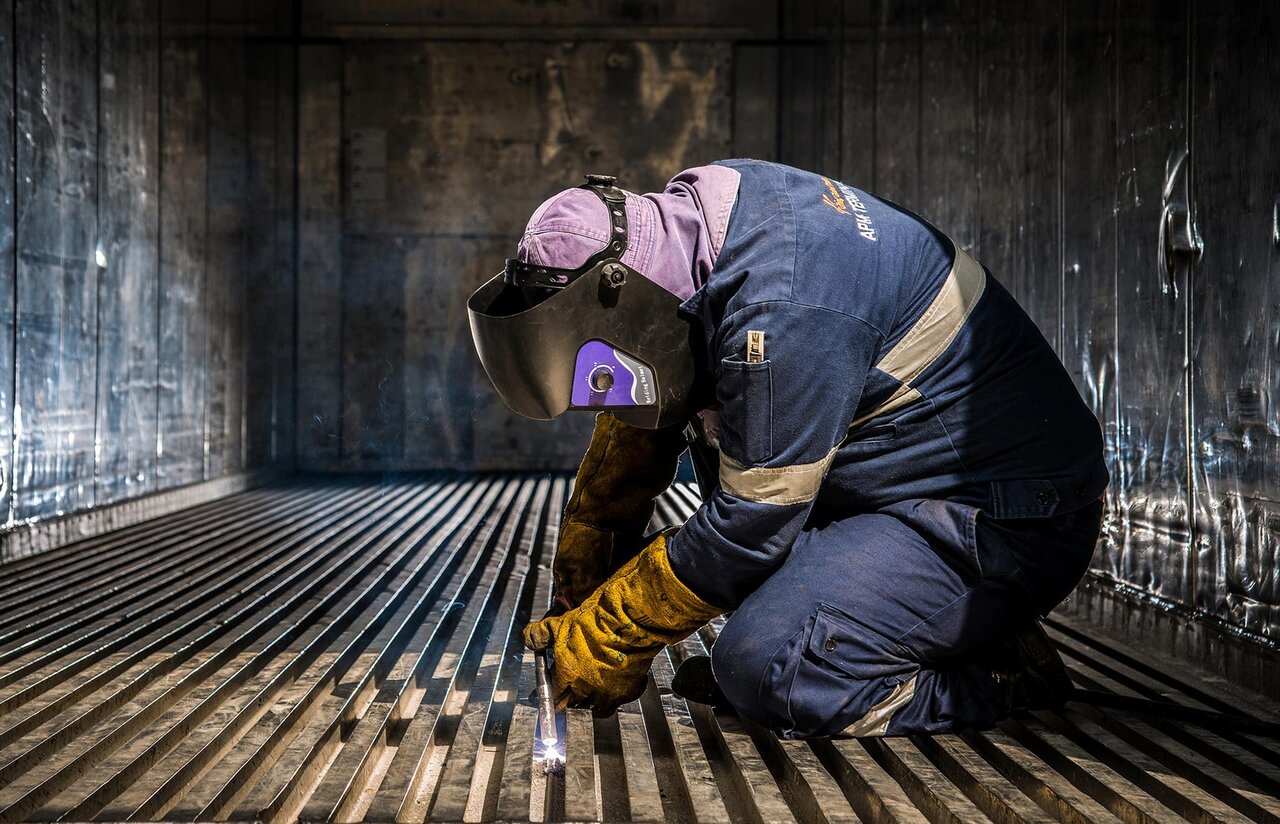
Laser Welding in Container Repair - laser Welding voor Container construction
Full Maintenance & Repair by laser Welding for all types of containers (dry box, reefer, open top, flat box …)
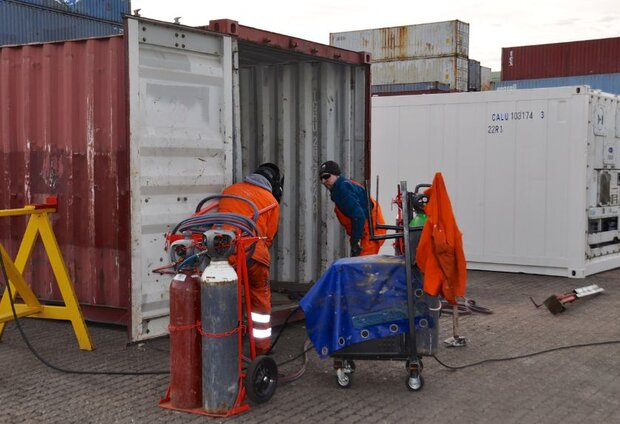
As shipping containers travel around the world, have to deal with frequent loading and unloading and cargo of all kinds, shipping containers can wear out or get damaged. Common container damages are rips and doors that do not close well. Damaged containers may lose their CSC-certification. A container you cannot use does not give you any profit. Therefore it is important that shipping containers are repaired in a timely manner. Our Wobble laser Welding machine helps you to get the job done in a much shorter time than before!
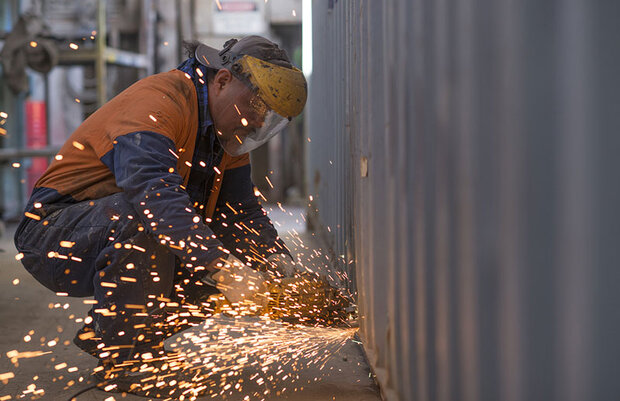
THE THREAT OF BAD WELDING MOSTLY SOLVED WITH LASER WELDING
Not only do bad welds make for eyesores, but they pose a threat to the structural safety of shipping container fabrication. Often, a poor welding job results in cracking at the welded point. Other times, a less-than-perfect weld might not fully adhere to the base metal.
Knowledgeable and experienced welders remain observant to prevent welding mistakes. For example, unwanted particles can get trapped inside a weld, such as gas bubbles (known as porosity or wormhole welds) or impurities (known as inclusions). Other welds can result in poor penetration or a lack of fusion to the base metal or container. So, when a window or door frame isn’t well bonded to the container structure it creates an unsafe and unstable adhesion.
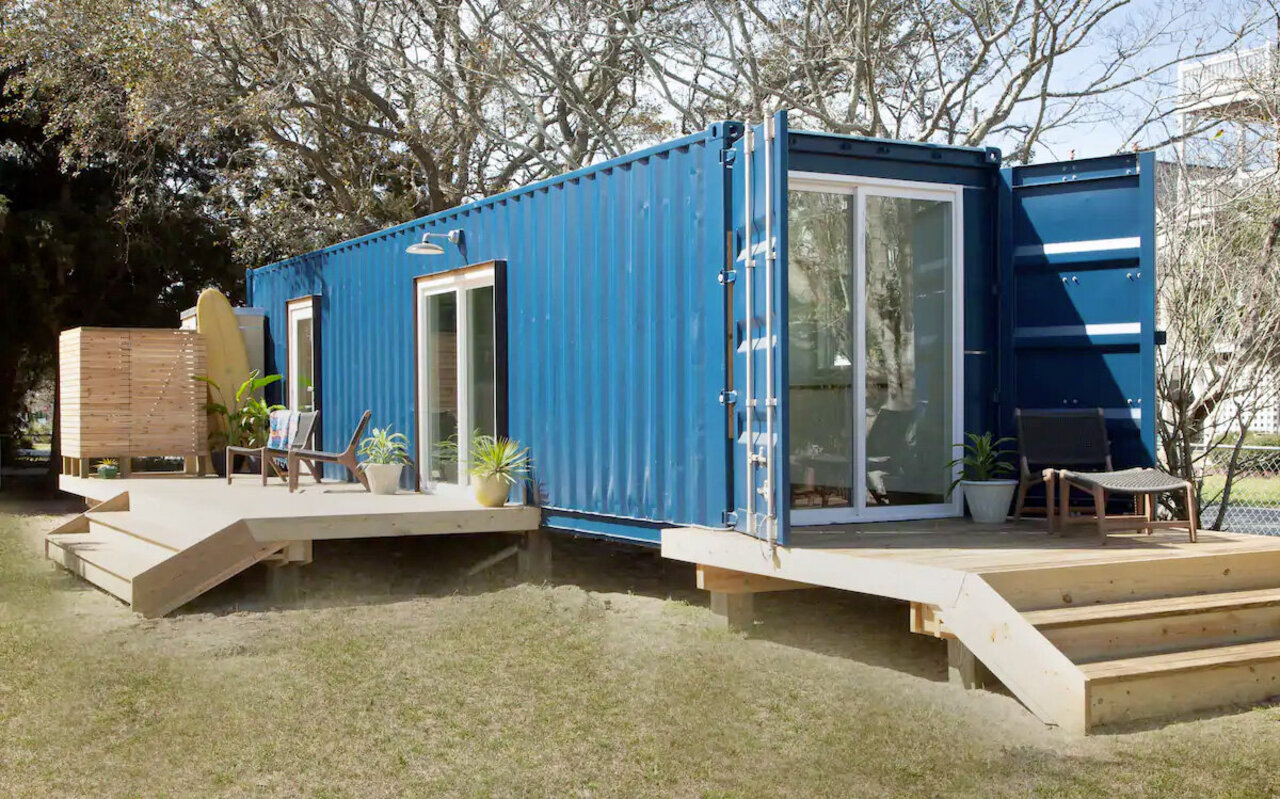
LASER WELDING AS PART OF SHIPPING CONTAINER FABRICATION
Welding is a vital component of shipping container modifications because containers are made entirely of corten steel (excluding the interior wood flooring). For modification manufacturing teams to make any alterations to a basic container, a welder must get involved.
In most cases, a manufacturing team cuts into the sides of a container to create the spaces for added doors, windows, air conditioning units, and more. Then, welders add metal frames to easily place the necessary modifications into the unit. Welded frames reinforce the container walls structurally—a vital addition once a container is manipulated with cuts. Carpenters later install interior framing for insulation in container-based offices and living spaces, and electricians and plumbers complete the necessary tasks to finish modifying the units.
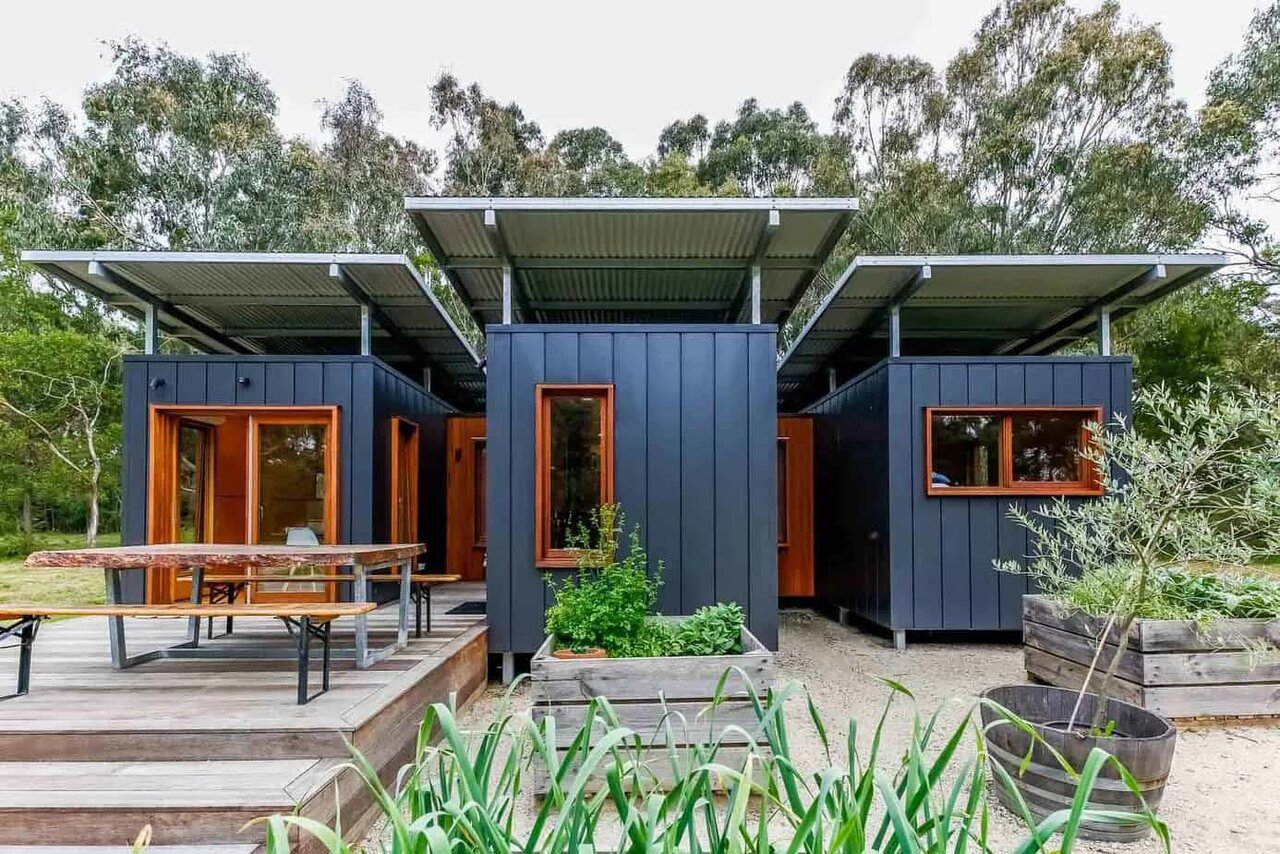
Over recent years alternative housing options have become increasingly common. One of the most well-known is the tiny house on wheels, but another solution that’s also been gaining popularity is the shipping container home. These are homes that use shipping containers as the modular structure of a house. They can be refurbished and stacked on top of each other to make the ultimate industrial home. But shipping container homes and tiny houses are often confused, and, while there are some similarities, there are key differences that are important to consider before deciding which one’s right for you.
Movability
One of the most notable differences between tiny houses on wheels and shipping container homes is how easy they are to move. Tiny houses on wheels are specifically built on trailers so they can be towed with relative ease. While they’re not designed to be constantly on the move, they are built within the legal size requirements to drive on Australian roads. If you do decide to move location, just hook it up to a car (with the right towing capacity) and it can be towed wherever you need.
Shipping container homes can also be moved but, unfortunately, it’s a much bigger process. Unless you own a large truck, moving one yourself is out of the question. This means you’ll need to pay for it to be transported by truck or train. The costs of this can vary significantly depending on the transportation method, company and distance but can range from €800 to €12.000,
If you own your own land and want to build a largely permanent structure, a shipping container might be right for you. If, however, you’ll be renting land or may need to move every few years, a tiny house is probably your better option.


